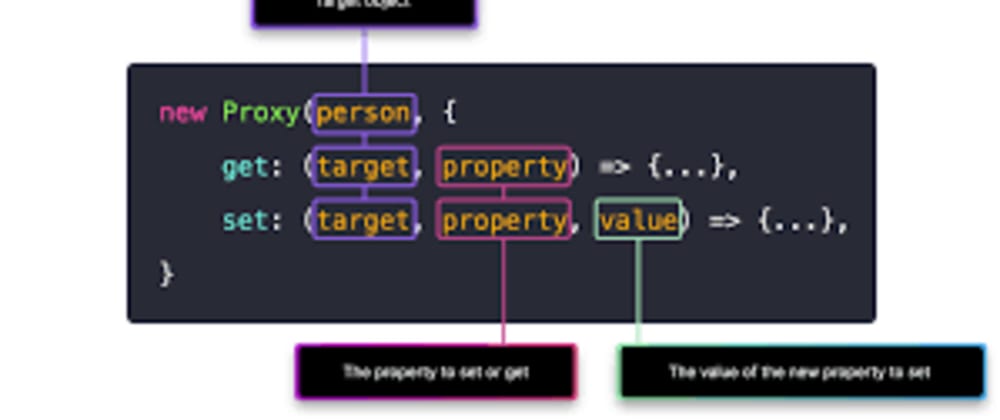JavaScript is an incredibly versatile programming language that is used for a wide range of applications, from building websites and web applications to creating mobile apps and desktop software. One of the language's most powerful features is its ability to use proxies. In this blog post, we will provide a comprehensive introduction to JavaScript proxies and show you how you can take advantage of their capabilities to become a more effective developer.

What is a Proxy in JavaScript?
A proxy in JavaScript is an object that allows you to intercept and customize certain operations that are performed on another object. This means that a proxy can be used to intercept operations like property access, property assignment, function invocation, and more. When a proxy is used, it creates a wrapper around the original object, which allows you to modify or enhance the behavior of that object.
The syntax for creating a proxy in JavaScript is as follows:
let proxy = new Proxy(target, handler);
The target parameter is the object that the proxy will wrap around, and the handler parameter is an object that defines the behavior of the proxy.
Creating a Basic Proxy
Let's start by creating a basic proxy that intercepts property access on an object. In this example, we will create a proxy around an object that has a name property.
let person = {
name: "John",
};
let handler = {
get: function (target, property, receiver) {
console.log(`Getting ${property}`);
return target[property];
},
};
let proxy = new Proxy(person, handler);
console.log(proxy.name);
When this code is executed, it will output "Getting name" to the console and then return the value of the name property, which is "John". By using a proxy, we were able to intercept the property access operation and log a message to the console before returning the value of the property.
Creating a Proxy for Property Assignment
In addition to intercepting property access, proxies can also be used to intercept property assignments. In this example, we will create a proxy that logs a message to the console whenever a property is assigned a new value.
let person = {
name: "John",
};
let handler = {
set: function (target, property, value, receiver) {
console.log(`Setting ${property} to ${value}`);
target[property] = value;
return true;
},
};
let proxy = new Proxy(person, handler);
proxy.name = "Jane";
console.log(proxy.name);
In this example, we created a proxy that intercepts the set operation and logs a message to the console before setting the value of the property. When we assign a new value to the name property, it will log "Setting name to Jane" to the console before setting the value of the property. The return true statement is necessary to indicate that the operation was successful.
Creating a Proxy for Function Invocation
Proxies can also be used to intercept function invocations. In this example, we will create a proxy that logs a message to the console before invoking a function.
let person = {
name: "Glikpo",
sayHello: function () {
console.log(`Hello, my name is ${this.name}`);
},
};
let handler = {
apply: function (target, thisArg, argumentsList) {
console.log(`Calling function ${target.name}`);
return target.apply(thisArg, argumentsList);
},
};
let proxy = new Proxy(person.sayHello, handler);
proxy();
In this example, we created a proxy around the sayHello function of the person object. The handler object intercepts the apply operation, which is called when the function is invoked. The apply operation is used to log a message to the console before invoking the function. When we call the proxy() function, it will log "Calling function sayHello" to the console before invoking the sayHello function, which will output "Hello, my name is John".
Conclusion
To sum up, JavaScript Proxy is an influential functionality that enables you to intercept and customize certain actions executed on an object. Proxies can intercept property access, function invocation, property assignment, and more. Utilizing a proxy, you can modify or enhance the behavior of an object without changing the original object directly. This attribute makes it a potent tool for developers who aim to build more adaptable and customizable code. We trust that this thorough introduction to JavaScript Proxy has provided you with an understanding of its capabilities and how you can use it in your code.











No comments:
Post a Comment